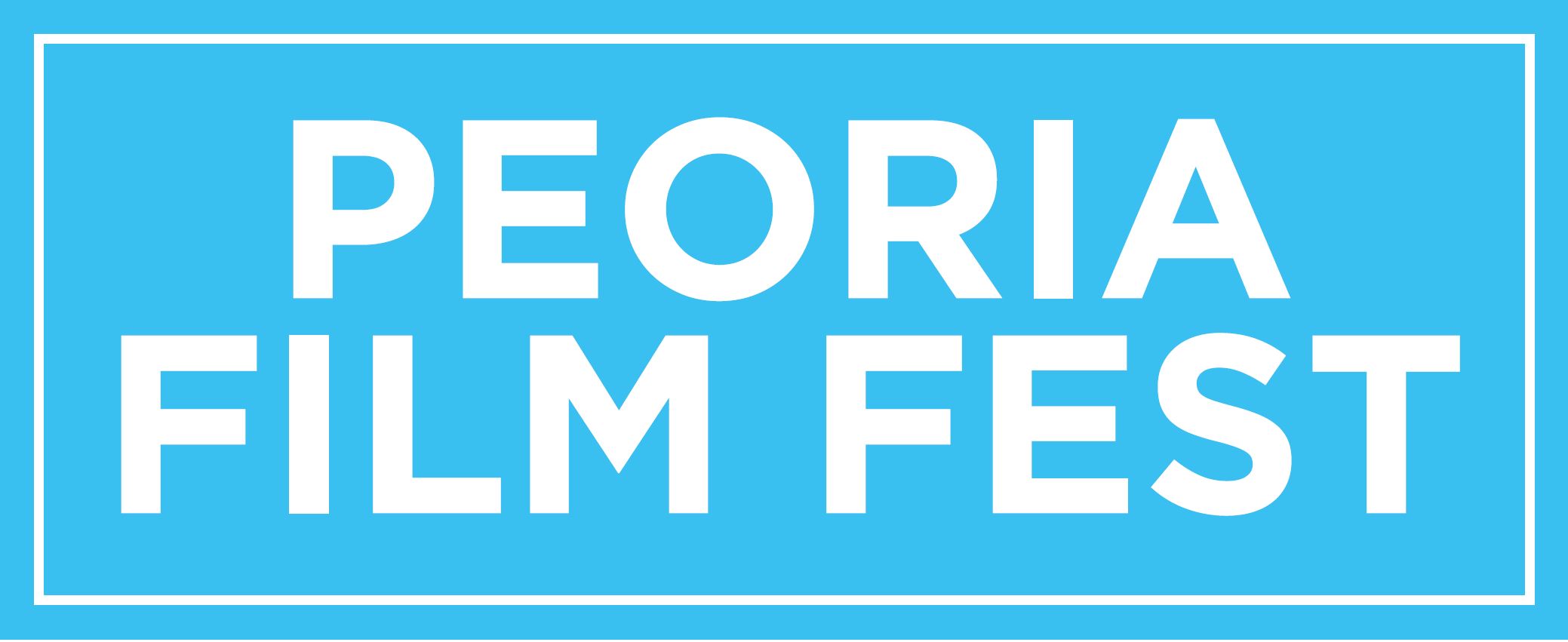‘La La Land’ brings back old Hollywood glamor
By Kaely Monahan
The real magic of La La Land is director Damien Chazelle’s ability to capture what made Hollywood movies so great during the golden age of film. Music, song, and dance seamlessly combined into sweet but compelling stories as foundational to Hollywood as palm trees are to Santa Monica.
However, the question for today’s audiences is can we stomach the old song and dance movie experience? The box office numbers give a resounding “yes.” And it shouldn’t come as a surprise.
La La Land dazzles with creativity on every level. Each scene is meticulously choreographed, either with dance or without. From the first opening number to the last, your toes will be tapping.
The story is fitting for a modern Hollywood musical, following in the traditions of Funny Face and An American in Paris. The girl meets a guy, but before sparks fly they verbally spar before falling in love. This time, however, instead of Audrey Hepburn and Fred Astaire, we have Emma Stone as Mia and Ryan Gosling as Sebastian.
She’s an aspiring actress and he a down on his luck but determined (and über diehard) jazz musician. Set in L.A. they fittingly meet in the midst of a traffic jam snaking its way into the heart of the city. It is but a fleeting moment where angry gestures are traded—a spark that eventually grows into something more as Mia and Sebastian continue to meet in odd situations.
The core of this film, though, are the songs and dance numbers. Perhaps it shouldn’t be a surprise that Stone effortless breaks into song. Her voice straddles sweet and pure to dusky and evocative, hiding what might otherwise be a weak voice. That’s not to say she can’t sing, but you can tell it’s not her forte.
The same goes with Gosling. Throughout the film you sense that he’s uncomfortable with singing and the dancing. He’s just a bit too stiff or hesitant—but he proves that he can bust a move, which makes one wish there were more movies like this one.
But despite any sort of lack on Stone’s and Gosling’s Broadway skills, which is very small, La La Land still whisks you into a feeling of sweetness and innocence—feelings that are like a balm after a year like 2016. The film is a feast for the eyes and ears and will be one of those films you’ll want to watch over and over because it’s simply that good.
• Kaely Monahan is a journalist, graduate of City University London and the creator of Popcorn Fan Film Reviews. Follow her @PopcornFans and @KaelyMonahan.

































